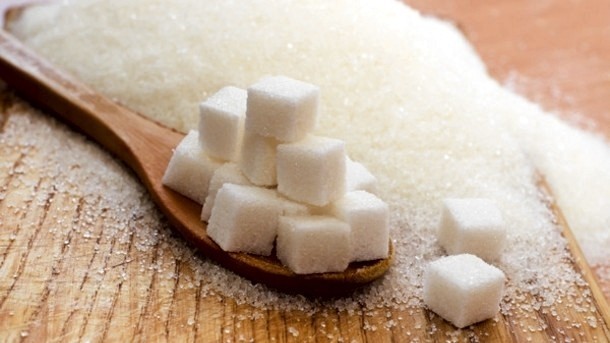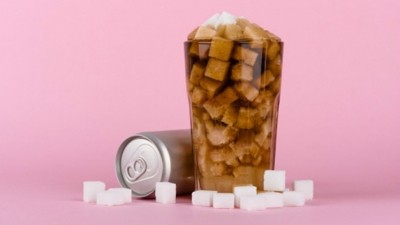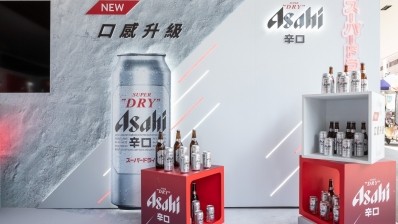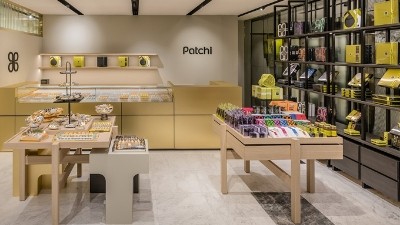‘Too big a gamble’: EastRoc pledges continued use of sugar in energy drinks despite cost hikes and market trends

EastRoc is the third largest energy drink brand in the world’s largest market, and has steadfastly maintained that it will retain the use of sugar as a key raw material in its drinks despite ongoing challenges.
“At the end of the day, sugar is an important ingredient to provide energy and not unhealthy in and of itself – there are many blue hat health foods that undergo tighter food safety scrutiny which also use sugar as a component, as it is the most natural option for sweetening,” EastRoc Vice President Vivi Jiang told FoodNavigator-Asia.
“So far we have not seen the use of sugar make any impact on our sales despite reports of new beverage trends in terms of sugar reduction or sugar-free, and even with sugar costs expected to spike this year, we do not have any intention to swap it out.
“In fact, our data indicates that in China the sugar reduction trend is limited to only younger consumers that are in Tier 1 cities (Shanghai, Beijing, Shenzhen, Guangzhou), and that the option of going completely sugar-free would not hold that much appeal for other demographics.
“We are a brand that looks beyond just this group to innovating products for the masses in terms of pricing, format and taste – and given that we are specialised in beverages, the risk is too great for us to gamble such a massive change to our core product recipes.”
That said, Jiang highlighted that this does not mean the firm is going to completely turn a blind eye to ongoing changes in the beverage sector, and will be experimenting with some of these new-age sugar-reduced products too.
“We will look at developing some such sugar-free or less-sugar beverages, but definitely will not be developing a product solely to cater to a certain demographic,” she said.
“Any item we create and test in the market will be applicable and appealing to the masses and not a small portion, so it will involve wholescale innovation from sugar content to flavour to packaging and so on.”
The firm is also looking beyond its energy drinks stronghold to develop healthier beverages outside this space, such as electrolyte drinks, coffees and teas.
“In the sugar-free space we believe that this is most applicable to the tea category, and we have already seen the popularity of these sugar-free teas soar in China this year,” she added.
“Teas are very different from energy drinks as the tastes and aromas are already suitable for consumption without sugar, plus here in China we already traditionally consume tea as-is.
“This is a category we have already been doing some research in, and plan to launch new innovative tea products soon.”
Affordability to remain priority
EastRoc’s products generally fall into the affordable category of less than a dollar per 250ml bottle, and Jiang maintained this will continue to remain the firm’s value proposition to consumers amidst a difficult economic situation.
“China’s market has just reopened after a difficult three years, and though beverages were luckily less affected than many other categories, there has not been as big a boom in sales as we initially anticipated,” she said.
“There was more movement and products moving off shelves, but we are aware that consumers are also being much more careful with their spending than before due to inflationary pressures.
“As such we are still remaining cautiously optimistic and will continue to ensure that our products can meet the demands of the masses – though I am quite confident that the beverage market can certainly do better this year than last year.”






















